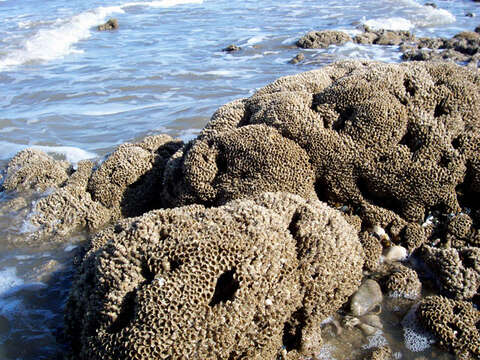Honeycomb Worm - geograph.org.uk - 728605

Description:
Summary.mw-parser-output table.commons-file-information-table,.mw-parser-output.fileinfotpl-type-information{border:1px solid #a2a9b1;background-color:#f8f9fa;padding:5px;font-size:95%;border-spacing:2px;box-sizing:border-box;margin:0;width:100%}.mw-parser-output table.commons-file-information-table>tbody>tr,.mw-parser-output.fileinfotpl-type-information>tbody>tr{vertical-align:top}.mw-parser-output table.commons-file-information-table>tbody>tr>td,.mw-parser-output table.commons-file-information-table>tbody>tr>th,.mw-parser-output.fileinfotpl-type-information>tbody>tr>td,.mw-parser-output.fileinfotpl-type-information>tbody>tr>th{padding:4px}.mw-parser-output.fileinfo-paramfield{background:#ccf;text-align:right;padding-right:0.4em;width:15%;font-weight:bold}.mw-parser-output.commons-file-information-table+table.commons-file-information-table,.mw-parser-output.commons-file-information-table+div.commons-file-information-table>table{border-top:0;padding-top:0;margin-top:-8px}@media only screen and (max-width:719px){.mw-parser-output table.commons-file-information-table,.mw-parser-output.commons-file-information-table.fileinfotpl-type-information{border-spacing:0;padding:0;word-break:break-word;width:100%!important}.mw-parser-output.commons-file-information-table>tbody,.mw-parser-output.fileinfotpl-type-information>tbody{display:block}.mw-parser-output.commons-file-information-table>tbody>tr>td,.mw-parser-output.commons-file-information-table>tbody>tr>th,.mw-parser-output.fileinfotpl-type-information>tbody>tr>td,.mw-parser-output.fileinfotpl-type-information>tbody>tr>th{padding:0.2em 0.4em;text-align:left;text-align:start}.mw-parser-output.commons-file-information-table>tbody>tr,.mw-parser-output.fileinfotpl-type-information>tbody>tr{display:flex;flex-direction:column}.mw-parser-output.commons-file-information-table+table.commons-file-information-table,.mw-parser-output.commons-file-information-table+div.commons-file-information-table>table{margin-top:-1px}.mw-parser-output.fileinfo-paramfield{box-sizing:border-box;flex:1 0 100%;width:100%}} Description: English: Honeycomb Worm It was exciting to hear that the rather unusual marine worm Sabellaria alveolata had colonised the shore at Llanddulas point. Apparently it has not been recorded in North Wales for sixty years. It is a colonial creature that constructs a protective burrow by glueing sand grains together, protruding its head and tentacles when immersed. The flat, cobbled surface of the wide inter-tidal zone of this fairly exposed beach suits it admirably. Good water movement and sand at the low-tide mark enable it to build up substantial reefs near the low-tide mark. Date: 17 March 2008. Source: From geograph.org.uk. Author: Jonathan Wilkins. Attribution(required by the license)InfoFieldJonathan Wilkins / Honeycomb Worm / CC BY-SA 2.0. InfoFieldJonathan Wilkins / Honeycomb Worm. Camera location53° 17′ 37″ N, 3° 37′ 43″ W View all coordinates using: OpenStreetMap 53.293630; -3.628600. Object location53° 17′ 37″ N, 3° 37′ 43″ W View all coordinates using: OpenStreetMap 53.293630; -3.628600.
Included On The Following Pages:
- Life (creatures)
- Cellular (cellular organisms)
- Eukaryota (eukaryotes)
- Opisthokonta (opisthokonts)
- Metazoa (Animal)
- Bilateria
- Protostomia (protostomes)
- Spiralia (spiralians)
- Annelida (segmented worms)
- Pleistoannelida
- Sedentaria
- Sabellariidae
- Sabellaria
- Sabellaria alveolata (honeycomb worm)
This image is not featured in any collections.
Source Information
- license
- cc-by-sa-3.0
- copyright
- Jonathan Wilkins
- creator
- Jonathan Wilkins
- source
- From geograph.org.uk
- original
- original media file
- visit source
- partner site
- Wikimedia Commons
- ID


